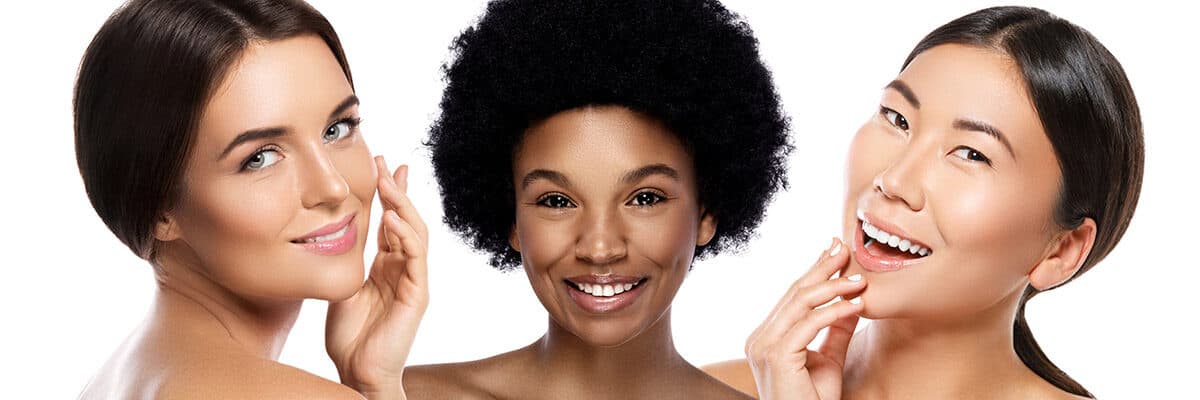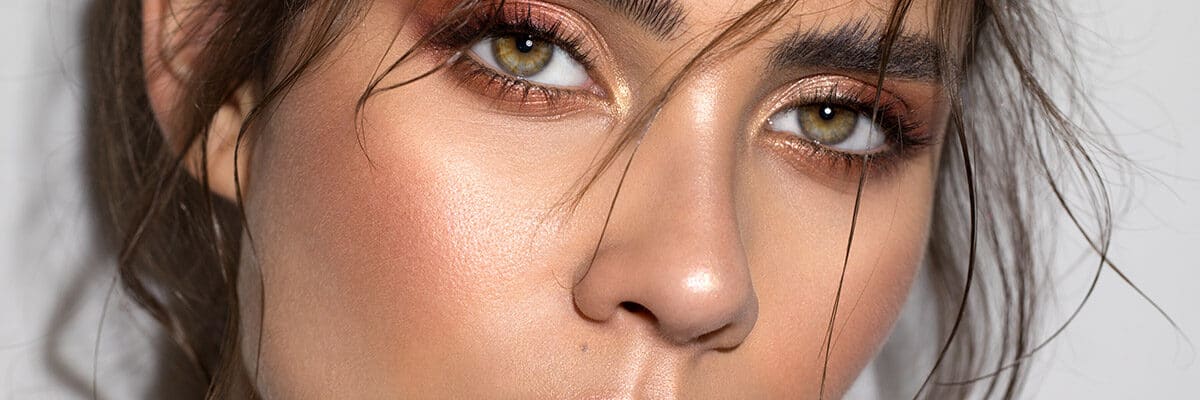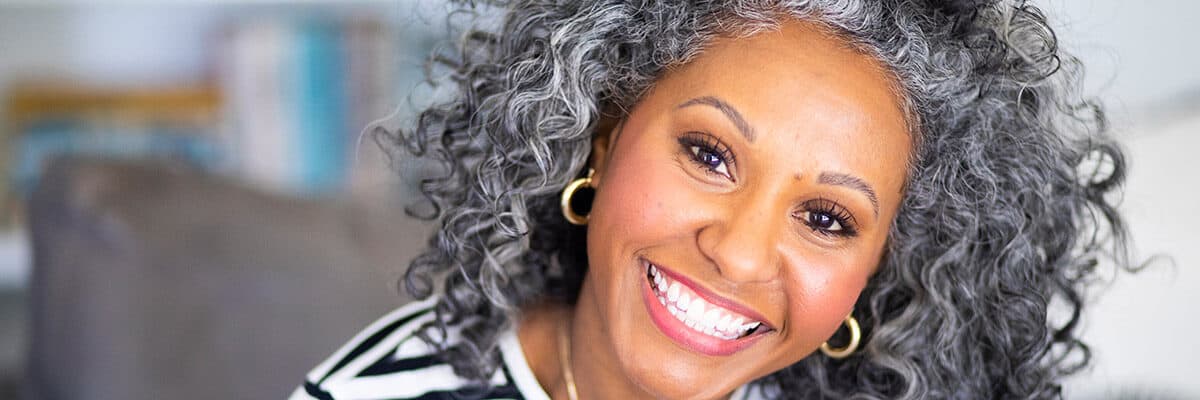What is Skin Rejuvenation?
The expression “Skin Rejuvenation” is pretty vague, sort of like saying “younger skin”. Skin rejuvenation may refer to any of the following:
- Skin that is smoother, with fewer wrinkles and “bumps”. This is what I call the “surface architecture of the skin” and also includes size of pores and scarring.
- Skin with better elasticity, generally related to healthy amounts of elastin and collagen in the skin. Older skin loses tone and starts to sag or fall with gravity. Younger skin is firmer and holds it’s shape.
- Improved color of skin. Younger skin has uniformity of color or pigment to the skin. Skin that is damaged develops areas of uneven color, often accentuated by redness and brown patches. Lack of pigment causes very pale white skin.
We can summarize the above 3 points to simply say that as people age, the skin becomes thinner, loses elasticity, develops uneven bumps and wrinkles and has uneven coloration.
When I talk to patients, I try to define exactly what it is about their skin that they no longer like. Once that is established, then we can determine what form of skin rejuvenation treatments are appropriate.
The outer layer of skin, known as the epidermis, is always changing. New skin cells form at the bottom of the epidermis, and gradually work their way to the skin surface. As this happens, the structure of these new cells changes. Eventually the outer layer of epidermal skin sloughs away, making room for younger skin. As we age, the speed that new skin forms slows down. We can accelerate that speed by using acids (chemical peels done by a spa professional, or by the patient at home), retinoids (retinol and others), physical abrasion (microdermabrasion), IPL (Intense Pulsed Light) and micro-needling.
Brown spots are treated based upon the diagnosis of what they really are, and what may have caused them. Some lesions respond beautifully to cryotherapy, a cold injury to the skin that causes the pigmented skin to peel off. Other lesions respond to “light therapies”, such as laser, IPL and fraxel. Other brown spots “bleach” with chemicals applied to the skin such as hydroquinone, and disperse with retinoids. Many brown spots have “pigment memory”, which means that they are prone to recur and often in the very same area. Brown discoloration that occurs from hormones (pregnancy and birth control pills) can be one of the hardest problems to treat. Once your brown skin lesions have faded, use of daily SPF 50 is mandatory to slow their rate of return.
Redness can be related to ethnicity, sun exposure, pregnancy and drug side effects. Depending on the specific cause, different treatments can be administered. Rosacea often responds nicely to oral Minocycline, but there is no cure for this chronic rash. Blood vessels may cause a fine red lacework pattern on the skin and this can improve with energy based treatments such as electro-coagulation, IPL or laser. Spider nevi respond very nicely to short bursts of electro-coagulation.
When speaking to a skin care professional, tell them exactly what is bothering you. Then a treatment can be selected that targets your area of concern. Dr. Abbott provides free skin care consultations. Call for your appointment (402) 614-5556




